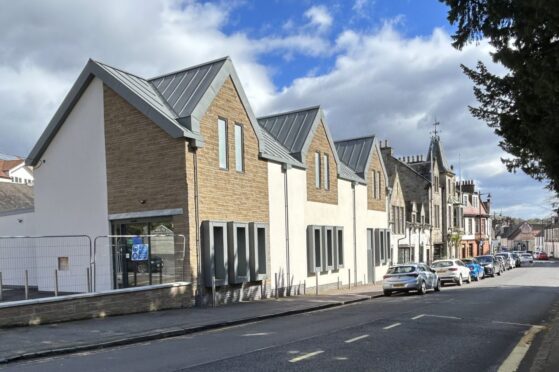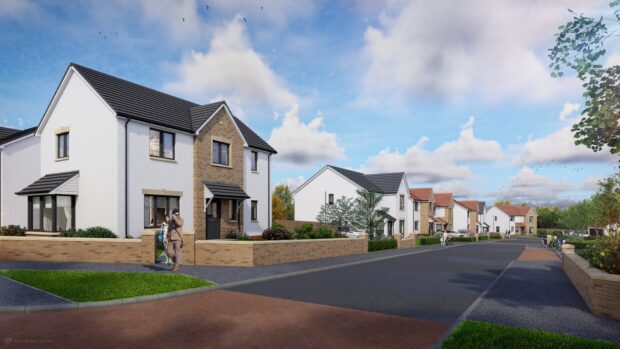All of the focus on Thursday, quite rightly, will be on how Fife Council’s budget proposals will affect taxpayers and the services they rely on day-to-day.
As I mentioned last week, people are particularly interested by the measures that will hit them in the pocket — and the devil will inevitably be in the detail as all of the savings and income generators tabled are given proper scrutiny over the coming days.
From a political standpoint, however, this week’s budget — and both how it has been set and its subsequent impact — will be extremely interesting viewing indeed.
Given some of the fiery exchanges in the Council Chamber in more recent times, it’s fair to say there were more than a few eyebrows raised when the SNP and Labour struck a deal to form a joint administration last May.
It made sense really, as the SNP won the most votes but failed to secure a majority, and both the SNP and Labour indicated fairly swiftly they were not for doing a deal with the Conservatives.
At the same time though, you could probably forgive mutterings of “it’ll never last”, and suggestions that cracks were likely to appear in the new set-up as soon as something contentious arose.
So with that in mind, it has been heartening up to now to see that a detailed budget has been drawn up and, on the face of it, broadly agreed by both parties involved in the joint administration.
Both the SNP and Labour have differing views on the fairness of the financial settlement for local councils from the Scottish Government, and they will continue to work with that particular undercurrent simmering away.
And people on either side of the fence have privately told me that it wouldn’t be the budget they would have drawn up if they had their way.
But it is good to see elected members coming together, despite the political divide, to do the job at hand and underpin the commitment made by the administration to protect vital local services and to meet the needs of everyone in Fife as far as it could.
Having said that, while the first SNP/Labour administration budget will no doubt be passed with relative ease on Thursday, you can be sure that the current marriage of convenience is about to be given its sternest test yet.
The resurgent Tories and the Liberal Democrats have long stressed they will not oppose just for the sake of it, but would speak up on the issues that they think matter.
That they will, and it will be intriguing to see what both parties have come up with by way of alternative budget proposals.










